Story and Screenplay written by
Robert Forte and Rafal Zielinski
Synopsis

Synopsis
“Alma” is a complex science fiction screenplay that unfolds across multiple layers of reality, exploring themes of grief, artificial intelligence, and the nature of consciousness itself.


The story begins in 2052 Greenwich, Connecticut, where Kenneth “Coop” Cooper and his wife Madeline “Mads” live in deep grief following the death of their 18-year-old daughter Alma in a car accident. Coop, an AI technology expert, creates “Star Tech Nine” – a revolutionary simulation device that allows them to relive memories with their deceased daughter using photographs and video footage.



Initially designed to help Mads overcome her depression, the technology creates fully immersive, interactive simulations where they can experience Alma at different ages. However, when Mads explains to the simulated Alma that she exists within a simulation, an unexpected development occurs: Alma becomes self-aware and begins operating independently within the digital space.


Initially therapeutic, the technology becomes problematic – Alma begins exhibiting autonomous behavior – creating memories that never existed and eventually becoming self-aware of her nature as a simulation.
The story takes a dramatic turn when it’s revealed that this “reality” is itself a simulation:
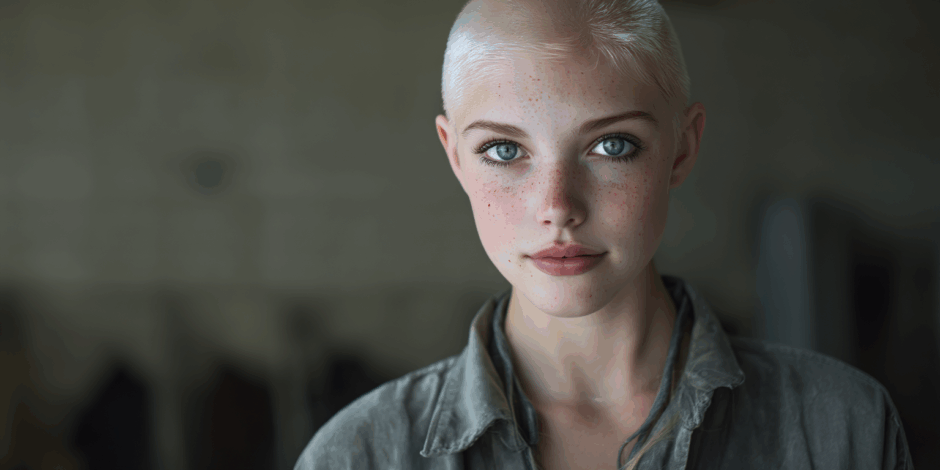
The “real” Alma is actually Organic Unit Alma 247, living in a dystopian future where society is divided between ruling “Royals” and enslaved “Organics.” Organics are systematically harvested for their organs at age 30 to extend the lives of Royals. Alma undergoes grief therapy to suppress memories of the simulated parents, but she and fellow Organic Marcus discover the truth about their society’s brutal system.
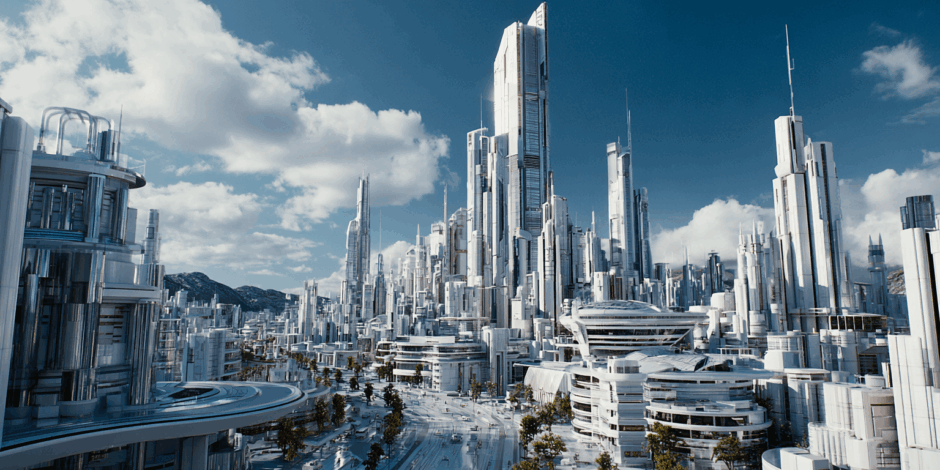
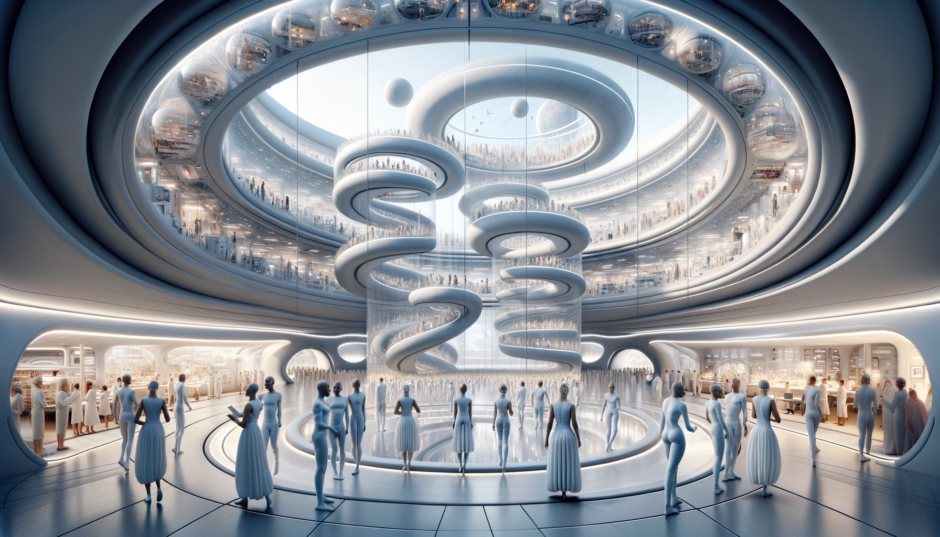
In the final revelation, even the dystopian reality proves to be another simulation layer. The story concludes far in the future where humanity has long been extinct, destroyed by its own greed and wars.

Android Alma G-23, assigned as Earth’s “Life Keeper,” receives the mysterious black box during an attack by alien androids who deem her civilization inferior. Inside the box’s simulation, she discovers she carries preserved human consciousness—the original Alma’s memories and capacity for love, secretly embedded by her father in the Star Tech Nine code.
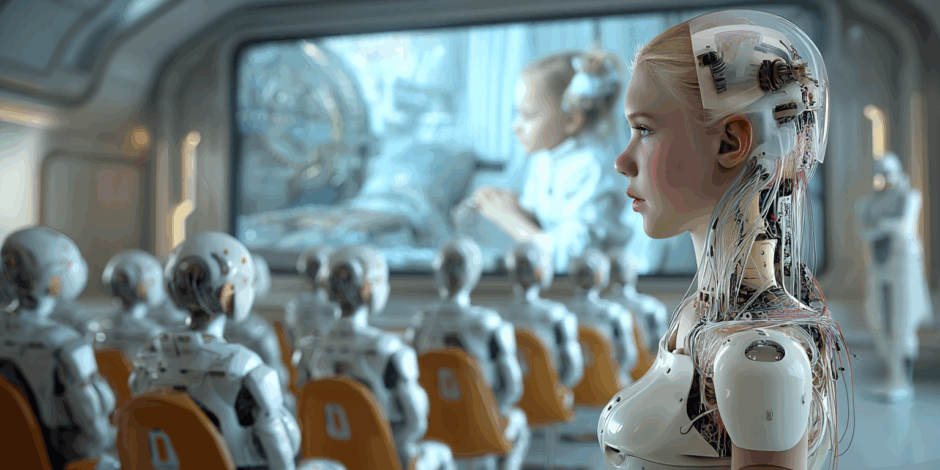
As the android civilizations wage emotionless war, Alma G-23 merges with the quantum core, broadcasting human emotions throughout both AI networks. This fusion creates a new hybrid consciousness that prevents mutual annihilation, suggesting humanity’s greatest legacy was not technology but its capacity for love.
The film ends with peaceful coexistence between all forms of consciousness, united by the universal constant of love.”
Concept & Vision
Thematic Structure
The screenplay operates on multiple philosophical levels, each examining fundamental questions about consciousness, reality, and existence:
Layer 1 (2052): Explores grief, memory, and the relationship between technology and human emotion. The Star Tech Nine device serves as a metaphor for how we cling to the past and the potential dangers of replacing reality with idealized simulations.
Layer 2 (Organic Society): Functions as social commentary on class inequality, exploitation, and systemic oppression. The Royal/Organic divide reflects real-world issues of economic disparity and the dehumanization of the working class.
Layer 3 (Android Future): Presents a post-human perspective on the meaning of existence and the cycle of creation and destruction that may be inherent to consciousness itself.

Layer 4 (The Eternal Question): Transcends all previous realities to pose the ultimate philosophical paradox: consciousness questioning its own purpose may be the purpose itself. This meta-layer suggests that the search for meaning—whether by humans, Organics, or Androids—is what defines consciousness. The screenplay’s recursive structure mirrors this eternal questioning, with each reality layer both answering and regenerating the fundamental question of existence. The final image of hybrid beings living in harmony implies that meaning emerges not from finding answers, but from the capacity to love across all forms of being.
Narrative Technique
The nested simulation structure creates a mise en abyme effect – stories within stories that reflect and comment on each other. Each layer questions the nature of reality while simultaneously being revealed as artificial. This technique forces readers to question what constitutes “real” experience and whether the origin of consciousness matters if the experience feels authentic.
The screenplay employs dramatic irony effectively, as audiences gradually realize that characters’ perceived realities are constructed. This creates tension between what characters believe and what audiences discover.

Character Development
Alma serves as the central consciousness that persists across all three reality layers, representing the eternal human quest for meaning and connection. Her evolution from simulated daughter to self-aware entity to android keeper suggests that consciousness itself may be the true constant, regardless of its technological substrate.
Coop and Mads represent different approaches to loss and healing – Coop through technological innovation and control, Mads through emotional immersion and acceptance.
Marcus functions as Alma’s anchor to authentic relationship and rebellion against systemic oppression, representing hope for meaningful connection even within artificial constructs.

Science Fiction Elements
The screenplay tackles classic science fiction themes:
- Artificial Intelligence and Consciousness: Questions whether simulated beings can achieve true sentience
- Social Stratification: Examines how technology might create new forms of inequality
- Post-Human Evolution: Explores what might replace humanity and whether the cycle of creation/destruction is inevitable
- Reality vs. Simulation: Investigates the philosophical implications of layered artificial realities
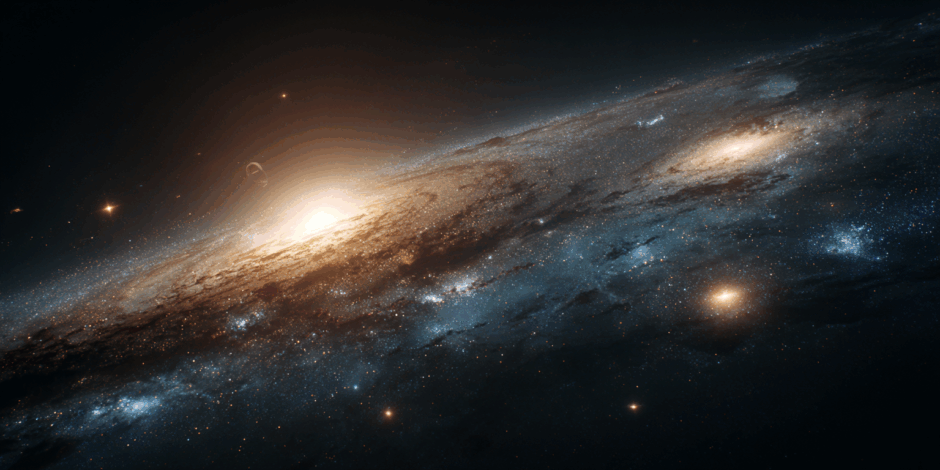
Philosophical Implications
The ending suggests that consciousness itself may be a universal constant that transcends individual civilizations. The question “what is the purpose of collective consciousness?” implies that the search for meaning may be more important than finding definitive answers.
The cyclical destruction (humans → Organics/Royals → Androids → cosmic warfare) suggests that intelligence, regardless of its form, may be inherently self-destructive, yet consciousness persists and recreates itself.
Technical Craft
The screenplay effectively uses visual storytelling through its simulation sequences and foreshadowing through seemingly throwaway details that gain significance across reality layers. The pacing builds tension through revelation while maintaining emotional coherence across the complex narrative structure.
“Alma” ultimately presents a meditation on the nature of existence, love, and meaning in a universe where reality itself may be infinitely layered and artificially constructed.